Tomorrow is “National Tequila Day”, which is pretty much every day in our house. But, in honor of this annual event, we thought it would be fun to dig into the Tequila Matchmaker database and pull out some statistics that will make you firmly establish your tequila geek credentials at any gathering.

For years we’ve been saying “process matters”, and that each choice made during the production process will find its way into the finished product. Now we have proof.
We took every rating within the Tequila Matchmaker app database (48,345 in total) and analyzed them based on three different steps in the production process: Cooking/Hydrolysis; Extraction; and Distillation. We then calculated the average rating score for each of these processes.
Let’s dive in.
Cooking/Hydrolysis
After the quality of the agave and water source, hydrolysis may be the most important step in the production of tequila.
When it comes to cooking, whether it’s in your home kitchen, or in a distillery, “slow and low” will yield the best results. The ratings clearly show that the slower the pace of conversion of agave inulin to fermentable sugar, the higher the scores.
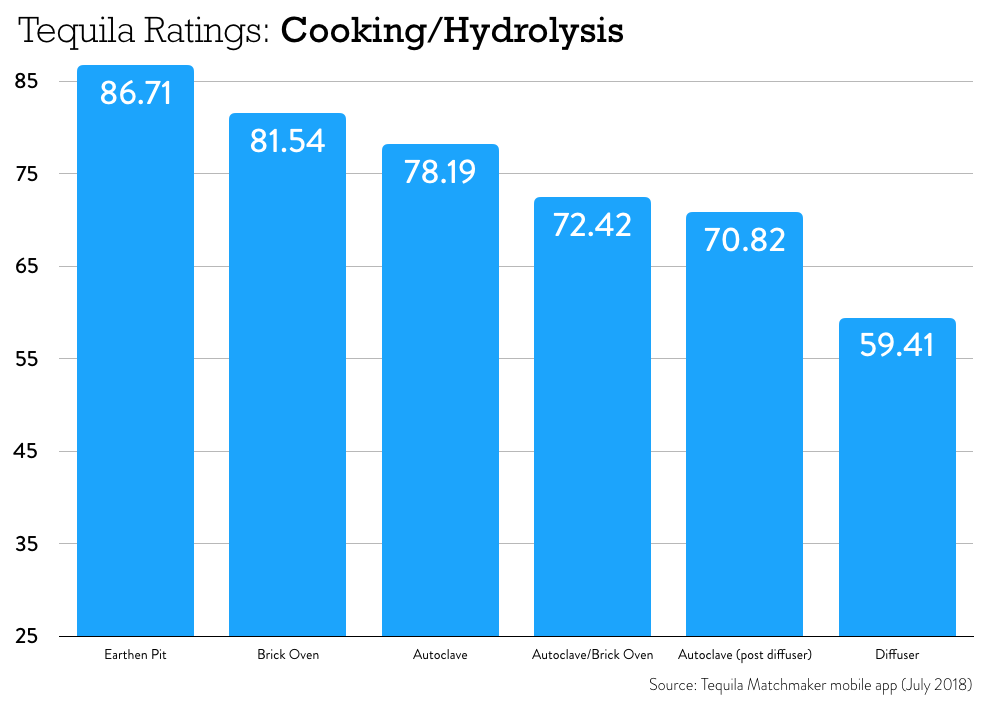
Earthen Pit (86.71): It takes about a week to cook agaves in this way. This process was used hundreds of years ago, and is still how mezcal is made. Smoking underground imparts a smoky aroma and flavor because wood or charcoal is put at the base of a pit, covered by rocks (usually lava stones). The agaves go on top of that. Once they are loaded in, the pit is covered by dirt and left to do its thing.
This takes a long time, and isn’t the most efficient process, so it’s costly. For that reason most producers avoid it. The ratings for this method were dramatically higher than any other process.
An example of a tequila made this way is Siembra Valles Ancestral.
Brick Oven (81.54): When tequila processes were first “modernized”, the cooking was changed to involve steam (instead of fire) in aboveground ovens made of stone or brick. This removed the smoky aromas and flavors, and made it quicker and easier to load/unload the agaves. But the time involved can still be relatively long (between 36 – 72 hours).
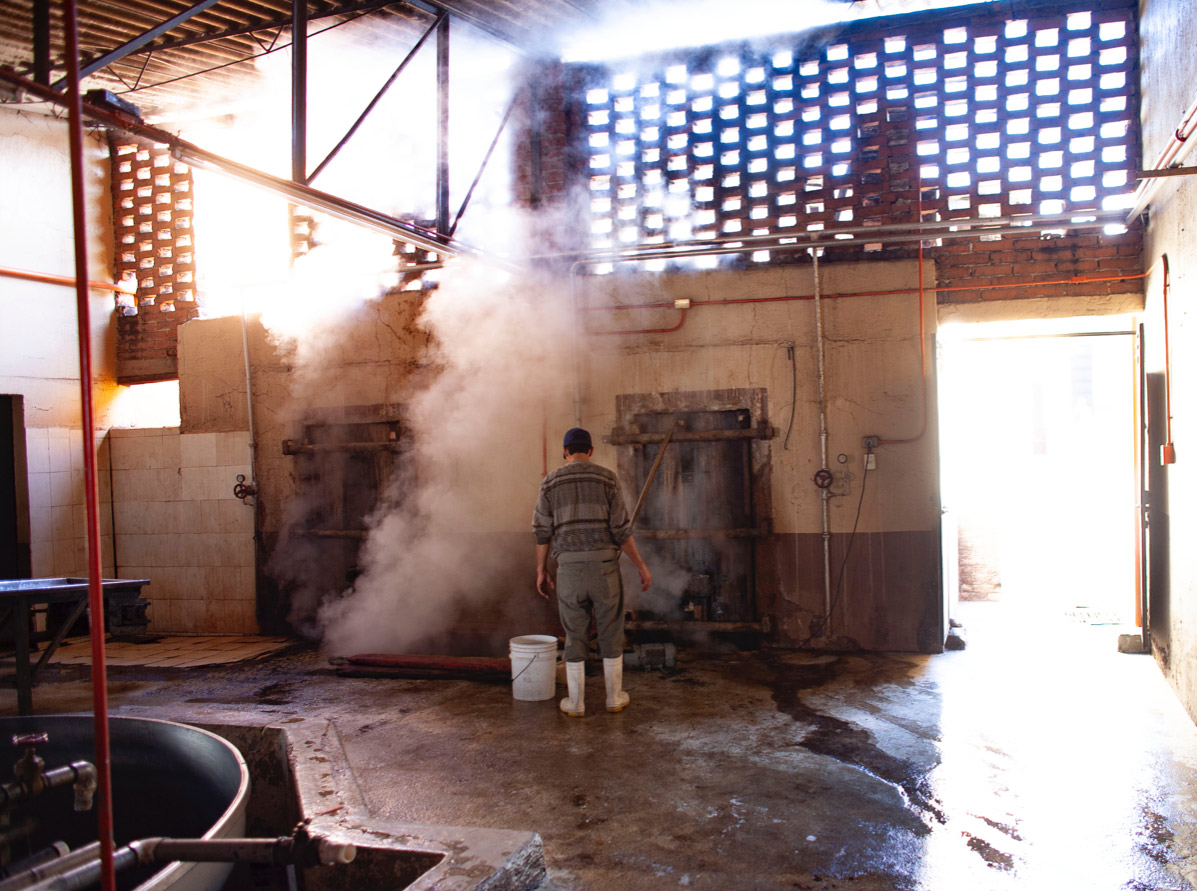
This is still a common method of hydrolysis for many craft tequilas. Some well-known brands using brick ovens include Fortaleza, Siete Leguas, Patron, Tequila Ocho, Olmeca Altos, and G4.
Autoclave (78.19): This process is much faster. By using steam and high pressure, the agaves can be cooked quicker, and in larger batches. Autoclaves can cook a batch of agave in 7-12 hours. They’re easier to clean and are more efficient.

Autoclave/Brick Oven combination (72.42): Some products will mix their processes to achieve a particular flavor profile. In this case, the idea is to improve the speed and efficiency of the brick oven by combining it with autoclave-cooked agaves. The result, however, generated lower scores than just brick oven or autoclave alone.
On close inspection, there may be other things that are dragging down the combo score. Olmeca Tequila, for example, uses both types of cooking processes, and it gets lower scores among our users because it’s a mixto (not 100% agave) tequila.
Autoclave (post diffuser) (70.82): Here’s where it gets interesting. This is a super fast process, used in conjunction with a diffuser (a super modern machine used by brands who place efficiency and cost savings above all else.) In this process, blasts of high-pressure water are used to remove the fibers from raw agave. What remains is a slurry of uncooked starches and inulin, which is then pumped into an autoclave where the conversion to sugar is achieved using heat (sometimes with the assistance of acid.)

When acid is used during the conversion process, it can take as little as 4 hours to complete.
Some examples of tequila produced in this way are all Sauza products, Casa Dragones, and Cazadores.
Diffuser (59.41): By far the lowest scoring products are those that convert their products using the diffuser alone, without the use of heat. This is the same method used by agave nectar producers. Using acid and/or enzymes, hydrolysis can occur without any heat at all.
Brands who use diffusers typically don’t like to talk about it. As a result of their secrecy, we have very little data to go on. In those cases, their process is simply marked as “diffuser.”
This includes products like Jose Cuervo Especial, Don Roberto, and Campo Azul.
Using acid alone to make the conversion is not typical in tequila production because it creates too many non-fermentable sugars, so it needs to be combined with either heat, or enzymatic processes. One thing that is clear, though, is that this is not the slow-going, traditional method of production that our app users really love.
Extraction
How the sugars are extracted from the fibers is also an important factor when it comes to production of tequila. Giving the yeast full access to as much sugar as possible is the goal.

Hand Crushed (86.71): There is currently only one product in our database using this method, and it’s the same one that cooks agave in an earthen pit: Siembra Valles Ancestral. Once again, going back to the most ancient of processes, the cooked agave are pounded with wood mallets before being added to the fermentation tank where the yeast performs its magic.

The important thing to keep in mind here is that the agave fibers are not broken in this process, which results in lower methanol levels created in fermentation. Typically, the lower the level of methanol in a tequila, the better. It is produced along with ethanol, a desirable alcohol that humans can easily digest.
Tahona (85.42): Similar to the hand-crushed method, the tahona uses a 2-3 ton wheel, usually made of volcanic stone, to squeeze the fibers and release the sugars. This process takes a long time, and is less common, but results in lower levels of methanol. Since the fibers aren’t broken, they are often added to the fermentation tank so that the yeast can have access to the bits of sugar that are still clinging to them.
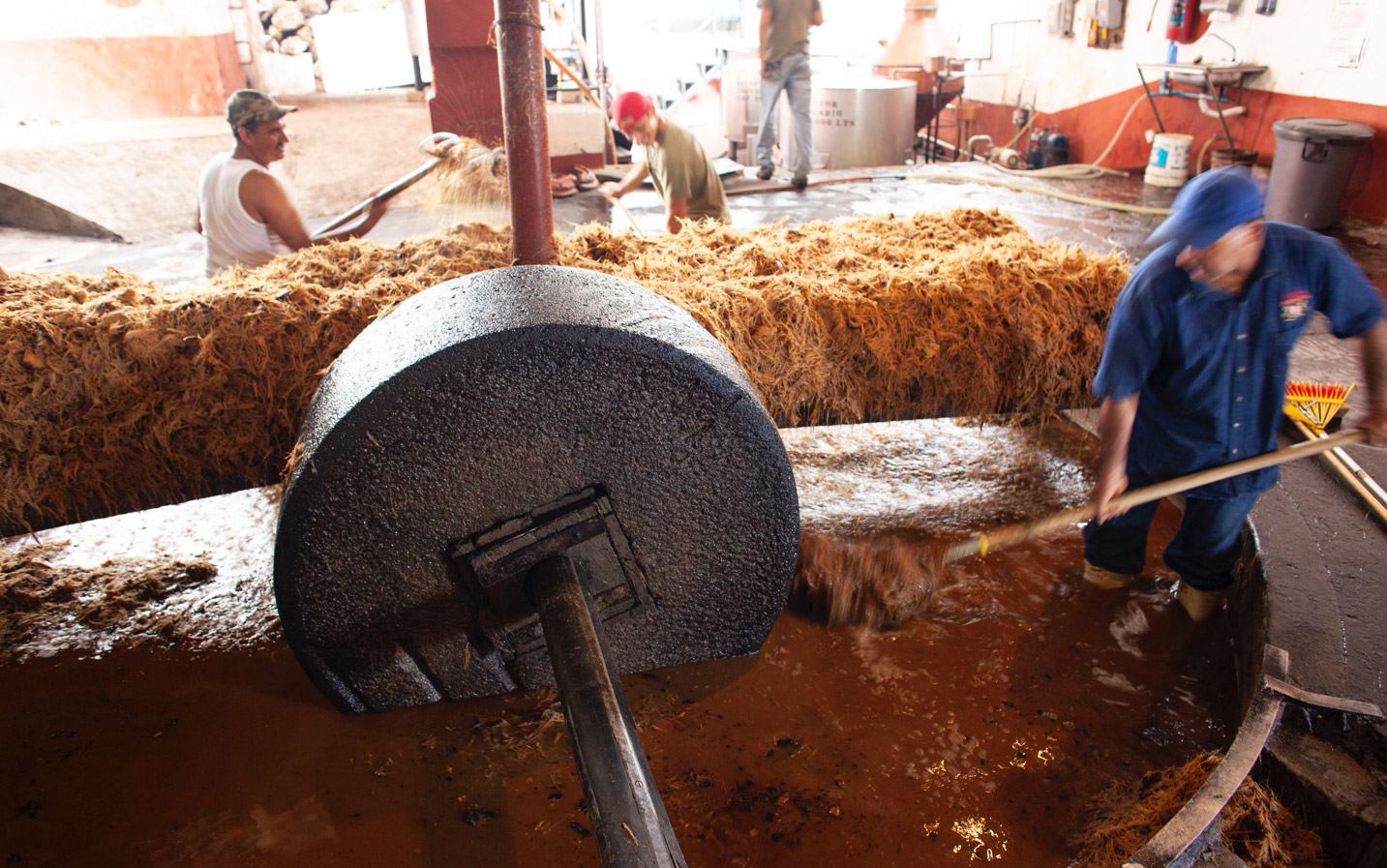
Screw Mill/Tahona (83.86): This is a combination that will speed up the tahona process. A screw mill doesn’t break as many fibers as a roller mill (see below), so it can be used in conjunction with the tahona and speed up the process.
Screw Mill (82.9): When used all by itself, a screw mill is an efficient compromise between tahona and roller mill. Some fibers are broken in the process, but not as much as the roller.
Roller Mill (79.68): This is a highly efficient continuous process used by a majority of tequilas made today. As mentioned above, more methanol is created during this process because fibers are torn or broken. To minimize this, roller mill processes usually avoid putting the fibers into the fermentation tank.
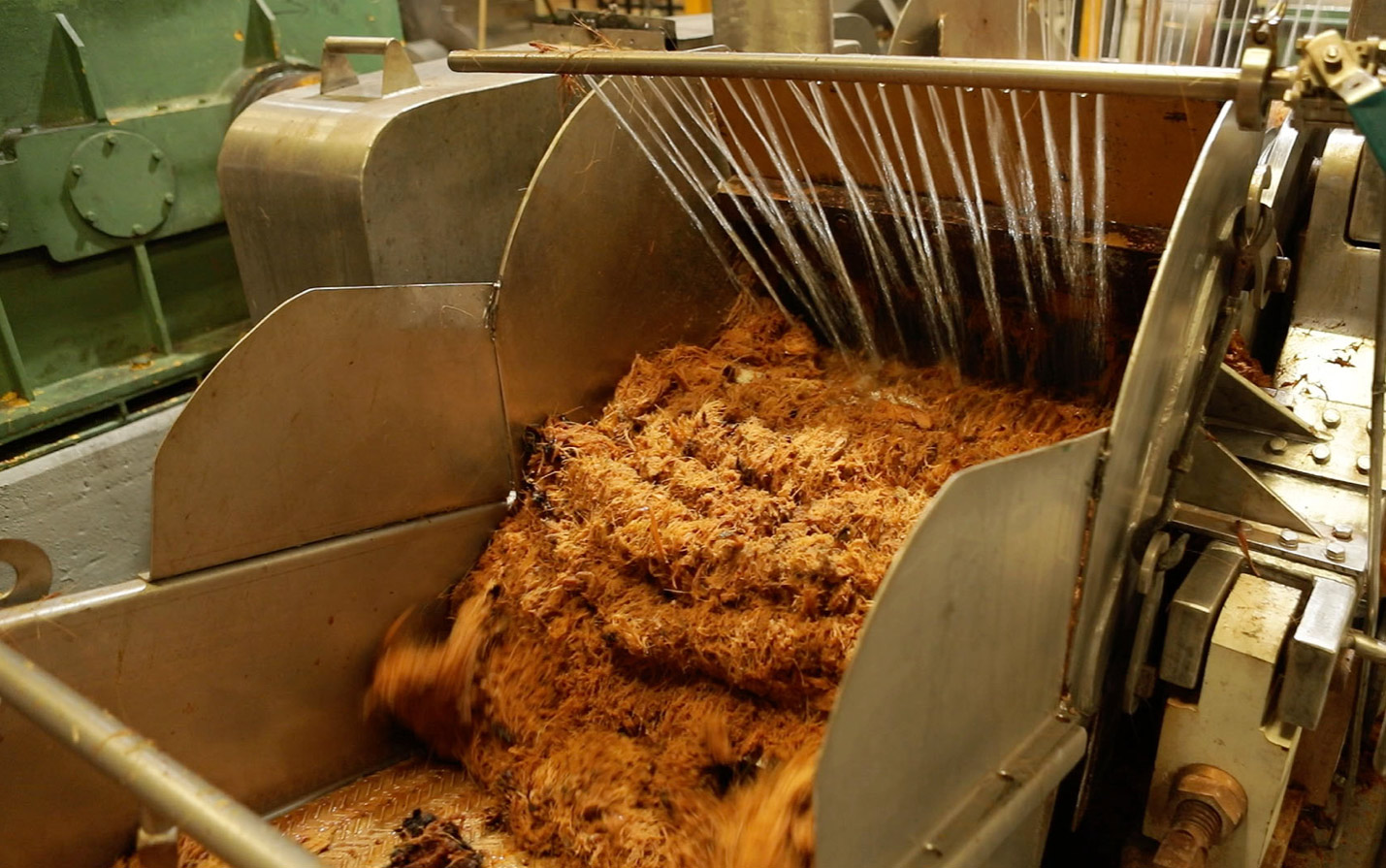
Roller Mill/Tahona (79.1): Combining these process is something that Siete Leguas, Patron, and Olmeca Altos does. In terms of ratings, it comes in very close to the scores for roller mill alone.
Diffuser/Roller Mill (73.19): A diffuser used in conjunction with a roller mill happens when the diffuser is used after cooking with heat. In this case, it’s just a very efficient extraction tool. Some products made by Herradura are said to use this process. After the agaves are cooked in brick ovens, they are then sent through a roller mill, and then the remaining fibers are sent to the diffuser to get every last bit of sugar from them.
Diffuser (67.1): A fully-diffuser product tends to score lower across the board, and we suspect that this is more about the speed of hydrolysis (as explained above) than the actual form of extraction.
Distillation
Just for fun, let’s take a look at the various types of stills used in the production of tequila.

Copper Pot/Filipino (86.71): Once again, Siembra Valles Ancestral’s ancient method of distillation score the highest of all distillation methods in our database.
Copper Pot/Column (81.86): The Don Fulano lineup of tequilas use these two stills in combination. In this case, the column still is used in a different way than normal, making use of its continuous process, and not the ability to create high-proof tequila in a single pass.
Copper Pot (81.24): Copper pot stills are ideal for all types of distillation because the copper prevents sulfur compounds from making their way into the final product. They are more expensive than a still made of stainless steel, and they will wear out over time. Tequila Matchmaker users prefer tequilas distilled with copper pots.

Stainless w/copper (81.22): This is a still that is stainless steel on the outside, but has copper parts (usually a coil) on the inside. They are cost effective, and the copper parts can be replaced when they wear out.

Stainless Steel (78.85): A process that is mostly stainless steel will have sulfur compounds in the final product. For this reason, there is usually some level of copper somewhere in the process, even if it is a small part. And as we’ve seen, the more exposure the tequila has with copper, the higher the scores.
Column (68.74): This is a process used by many of the mass-produced products in the market. It’s a fast and economical way to distill tequila. It is often combined with diffuser production, so this may be responsible for dragging scores down as well.

The Takeaway

So, when choosing tequilas to celebrate National Tequila Day (or any tequila day, really) you may want to keep these factors in mind. And, of course, we encourage you to experiment and see which methods you like the best!
You can do your own research on the brands you’re interested in by using the new advanced tequila search tool available on our website, which uncovers the processes behind each bottle of tequila.
Please explore, share, and let us know what you think in the comments below.
Salud!


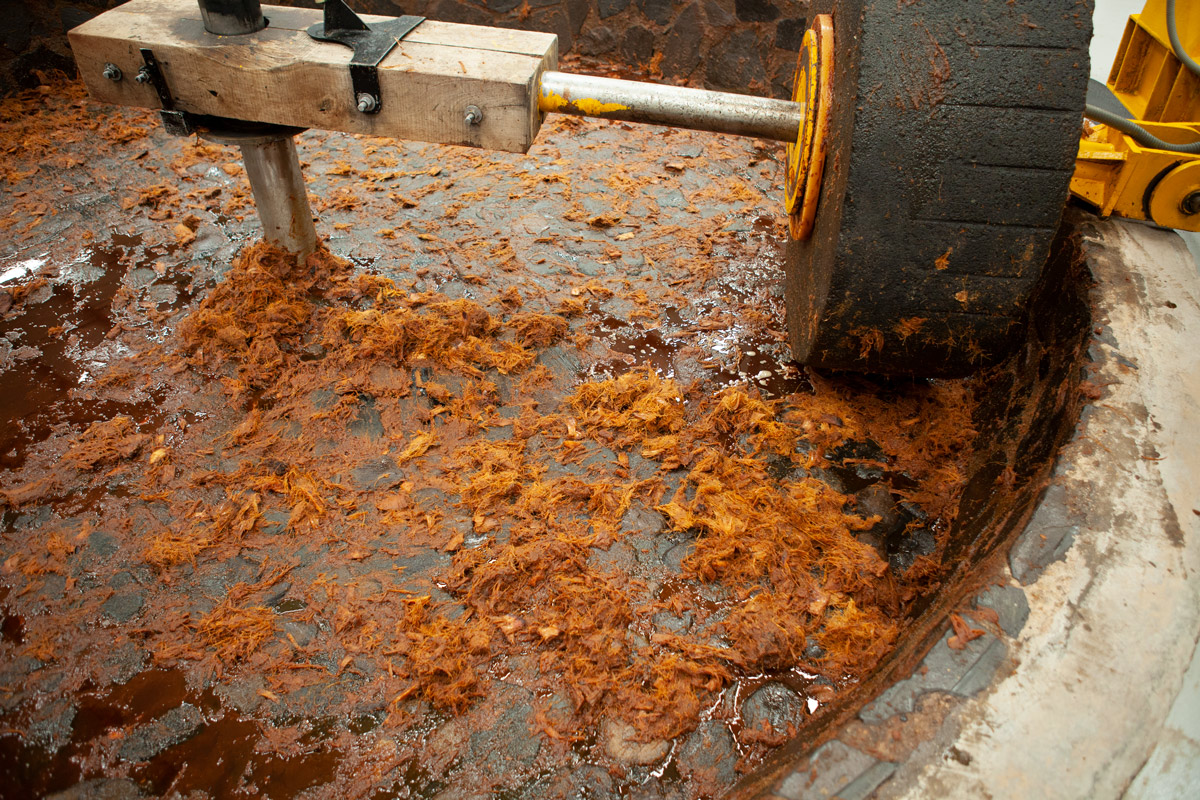
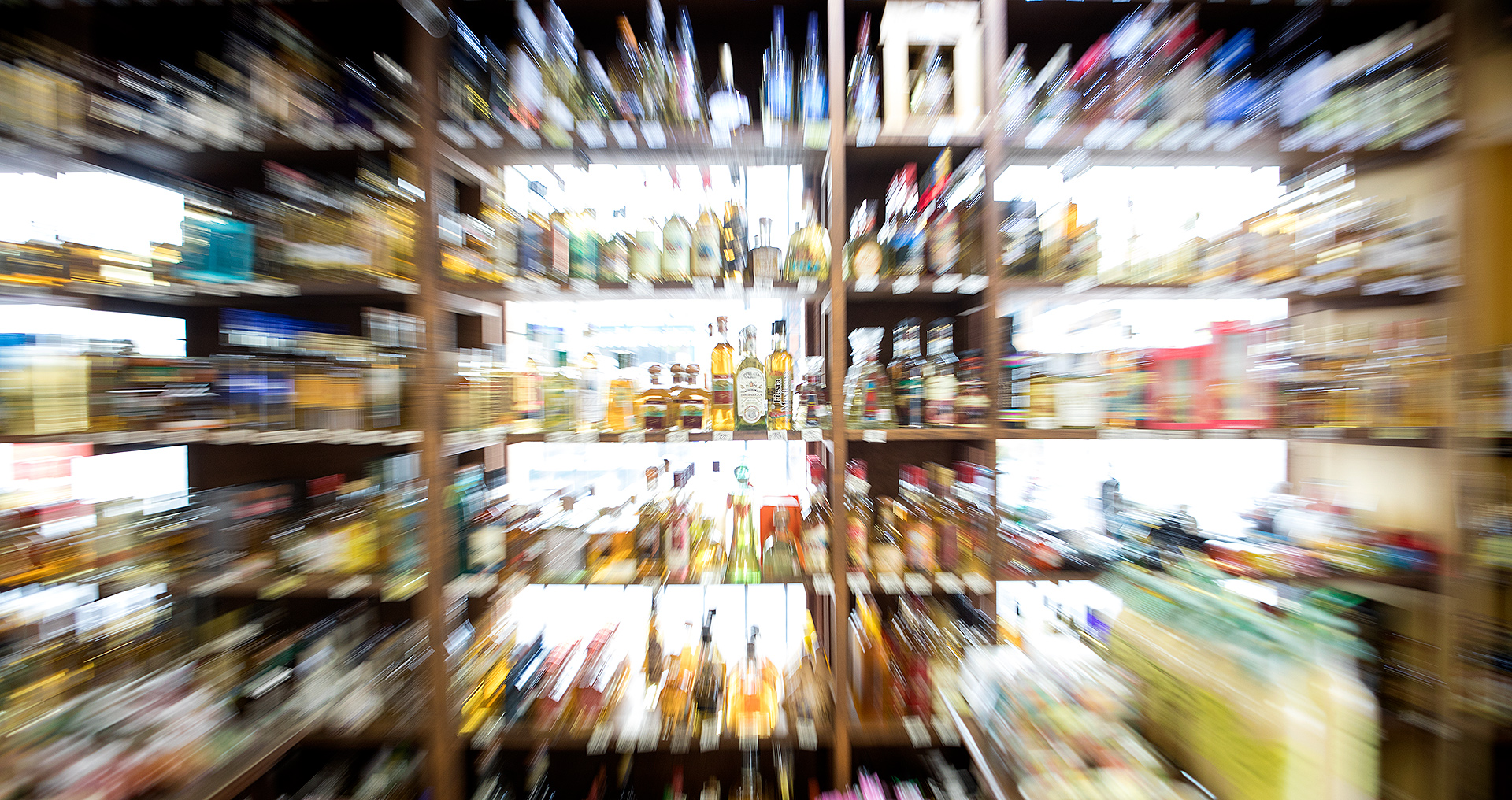

great article. Restaurants and bars can use this as training material. Thanks Grover!
Excelent Article ! one to keep and study again !
Thanks !
excellente ! gracias por la informacion.
excellent, thanks for the information.
Excellent article Grover, I am passing this to my employees, thank you
Great
It would be nice to have this article updated. It’s been six years since the original analysis and it appears a lot of the the top distilleries use roller mills or a combination of tahona/roller mills vs screw mills. I’m curious if the ratings have changed.